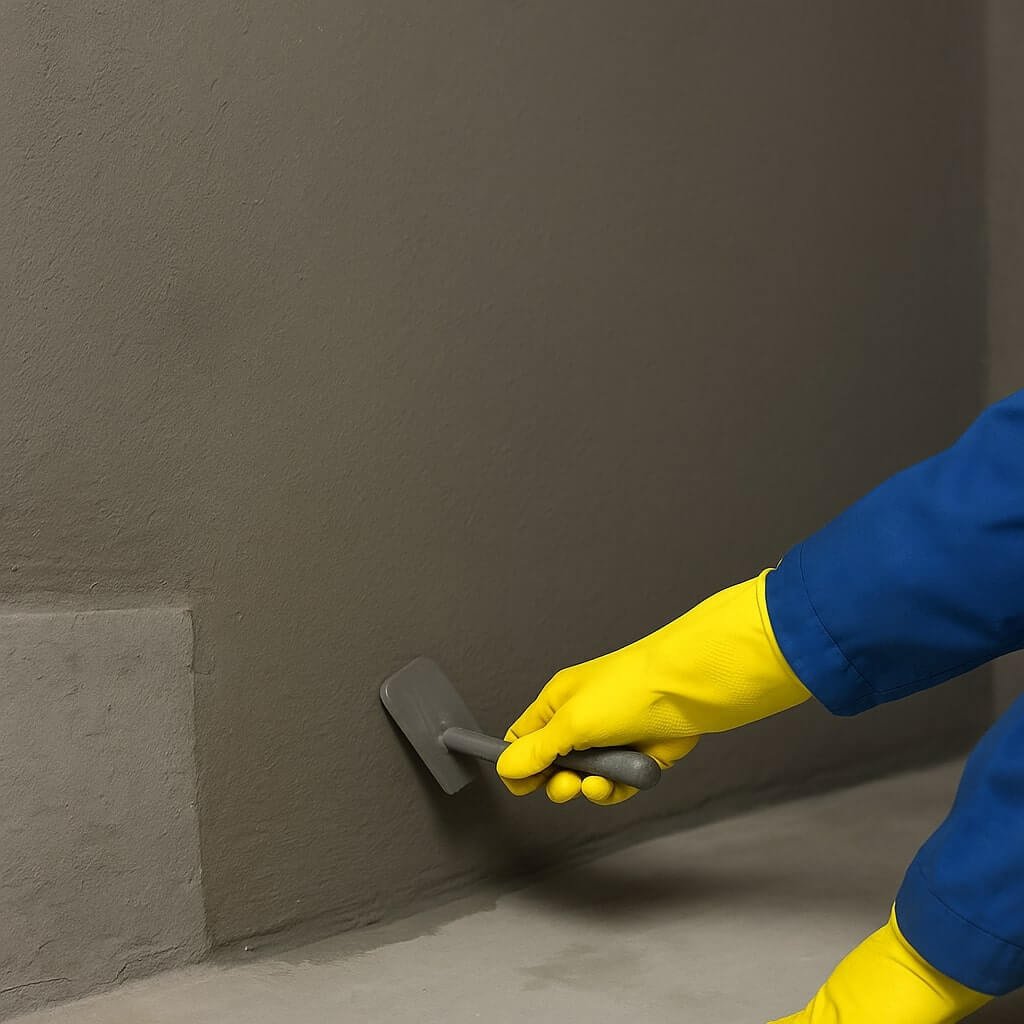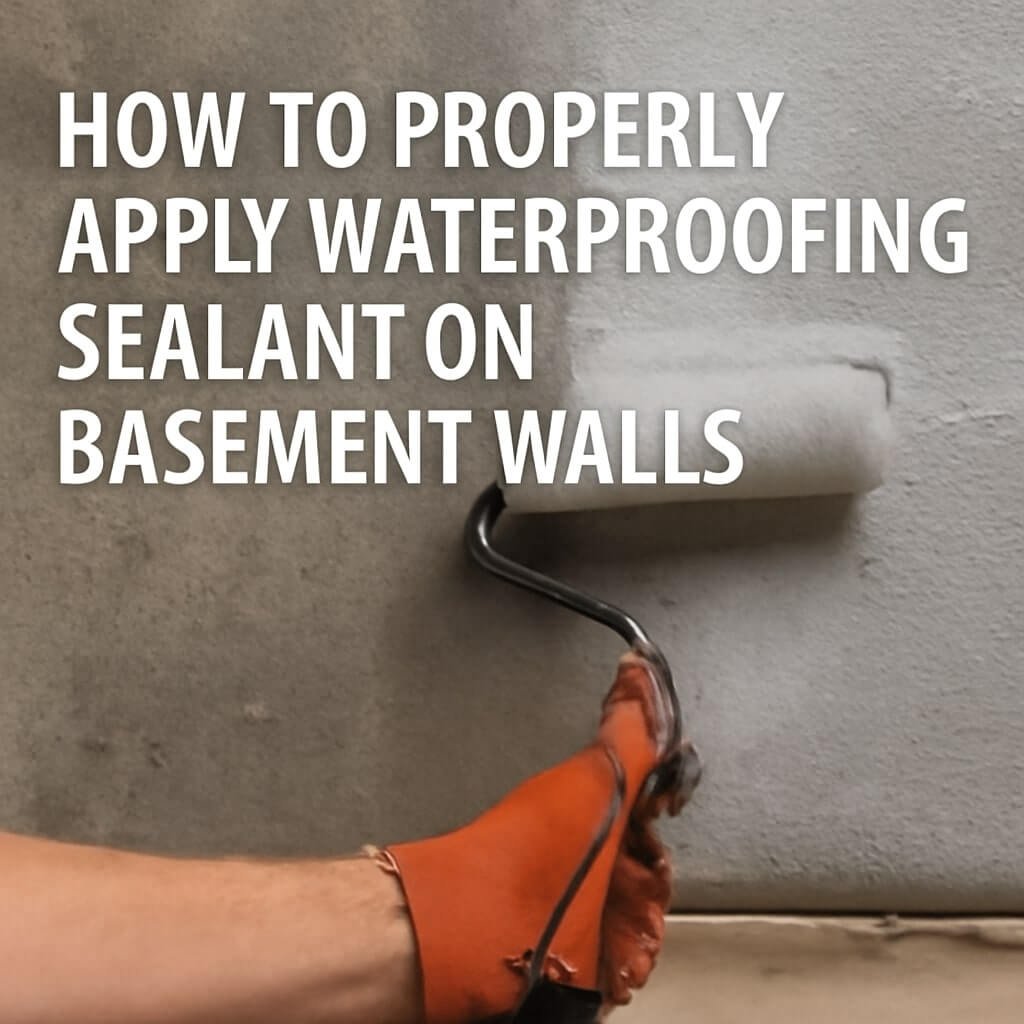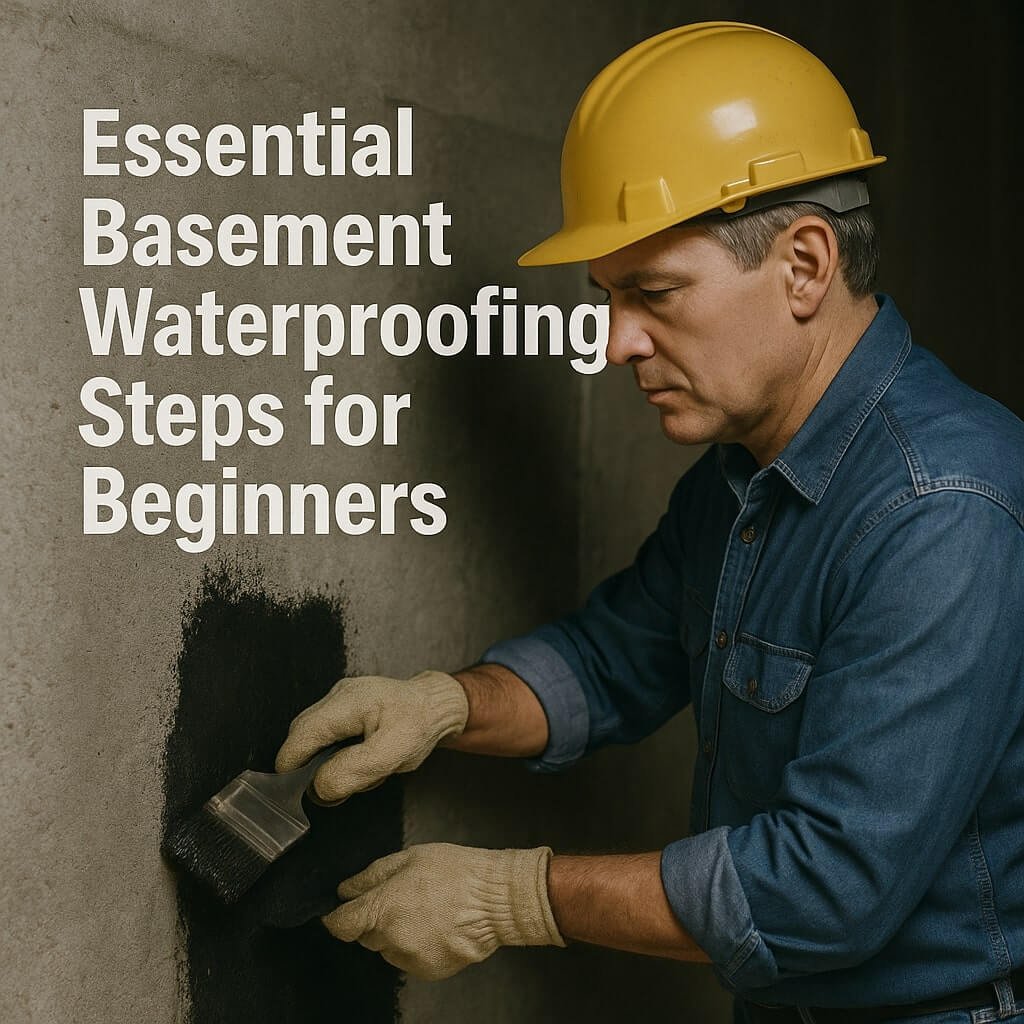Basement waterproofing is a vital step in protecting your home from water damage, mould growth, and structural issues. Whether you live in a rainy climate or an area prone to flooding, understanding and applying the best basement waterproofing techniques available can save you thousands in repairs and improve your home’s overall health and value. In this comprehensive guide, we’ll explore 12 proven methods to keep your basement dry and secure.
Introduction to Basement Waterproofing

Basement waterproofing is the process of preventing water from entering your basement through cracks, pores, or foundation walls. Water intrusion is one of the most common and destructive problems faced by homeowners, leading to mould, mildew, and structural weakening. The goal of waterproofing is to create a barrier that blocks water flow or redirects it away from the basement.
Waterproofing can involve a variety of techniques, ranging from simple sealants to complex drainage systems. Understanding the best basement waterproofing techniques available empowers you to choose the right solution for your home’s specific needs.
Why Basement Waterproofing is Essential
Ignoring basement waterproofing can lead to costly repairs and health hazards. Water seepage can damage flooring, walls, and stored belongings. More seriously, it encourages mould growth that triggers allergies and respiratory problems. Structural integrity can also be compromised when moisture weakens the foundation over time.
Investing in waterproofing not only protects your property but also increases the resale value of your home. It ensures a safer, cleaner environment for your family and peace of mind during heavy rains or floods.
Signs Your Basement Needs Waterproofing
Knowing when to waterproof your basement is crucial. Common signs include:
- Visible Water Leaks or Damp Spots: Puddles or wet patches on basement floors and walls.
- Mold or Mildew Smell: Musty odors indicating persistent moisture.
- Efflorescence: White, chalky salt deposits on walls, a sign of water seepage.
- Cracks in Walls or Floor: Small cracks may allow water entry.
- Peeling Paint or Wallpaper: Moisture can cause surface damage.
- Rust on Appliances or Furnishings: Indicates high humidity or water intrusion.
If you notice any of these symptoms, it’s time to assess your basement waterproofing needs.
Understanding Basement Waterproofing Techniques
Basement waterproofing methods fall into two main categories: exterior and interior techniques. Choosing the best approach depends on your budget, basement condition, and local climate.
Exterior Waterproofing Techniques
Exterior waterproofing prevents water from reaching your foundation by addressing it outside your home.
Excavation and Exterior Sealants
This involves digging around your foundation to apply waterproof membranes or coatings directly to basement walls. These materials form a water-resistant barrier, blocking moisture before it penetrates the structure.
Drainage Systems (French Drains, Gutters)
Proper drainage is key to keeping water away. French drains are trenches filled with gravel and perforated pipes that redirect water away from the foundation. Gutters and downspouts must be maintained to channel roof water far from the house.
Interior Waterproofing Techniques
Interior methods manage water that has already entered or prevent its spread inside the basement.
Interior Sealants and Coatings
Applying waterproof paints or sealants to basement walls and floors helps reduce moisture absorption. While not as robust as exterior barriers, these coatings are cost-effective for minor dampness.
Interior Drainage Systems and Sump Pumps
Interior drainage involves installing channels beneath basement floors that collect water and divert it to a sump pump system. The pump actively removes water from the basement, preventing flooding.
Advanced Basement Waterproofing Technologies
Modern advancements offer innovative solutions that enhance traditional waterproofing.
Waterproof Membranes and Barriers
These synthetic sheets or liquid-applied membranes are designed to provide durable, flexible waterproofing layers that conform to the basement’s surface, sealing cracks and preventing moisture penetration.
Crystalline Waterproofing
A cutting-edge technology, crystalline waterproofing involves applying chemicals that react with concrete to form crystals within the pores and cracks. This self-sealing effect blocks water pathways and strengthens the foundation.
Cost Considerations for Basement Waterproofing

Waterproofing costs vary widely based on the method chosen, basement size, and local labor rates. Basic interior sealants may cost a few hundred dollars, while full exterior excavation and drainage systems can reach several thousand dollars.
When budgeting, consider long-term benefits and potential savings on repair costs. Professional assessments often provide detailed estimates tailored to your home.
DIY vs Professional Waterproofing: Pros and Cons
DIY Advantages:
- Lower upfront cost
- Immediate start on small projects
- Learning experience
DIY Disadvantages:
- Limited to minor issues
- Risk of improper application
- No warranty or guarantees
Professional Advantages:
- Expertise and experience
- Access to advanced tools and materials
- Guaranteed workmanship and inspections
Professional Disadvantages:
- Higher cost
- Scheduling and project duration
Choosing between DIY and professional waterproofing depends on the severity of your basement issues and your confidence in handling home improvement projects.
Maintenance Tips for Waterproofed Basements
To ensure lasting protection, regular maintenance is essential:
- Clean gutters and downspouts twice a year.
- Inspect foundation walls for cracks and reseal as needed.
- Test sump pumps monthly during rainy seasons.
- Keep landscaping sloped away from the house.
- Use dehumidifiers to control basement humidity.
- Check for leaks or damp spots frequently.
Routine care helps catch problems early and extends the life of your waterproofing investment.
Environmental Impact and Sustainability in Waterproofing
Eco-conscious homeowners can choose sustainable waterproofing materials and methods:
- Use low-VOC waterproof coatings.
- Install energy-efficient sump pumps.
- Select recycled or natural drainage materials.
- Incorporate rain gardens to absorb runoff.
Sustainable waterproofing reduces environmental footprint while protecting your home.
Frequently Asked Questions (FAQs)
1. How often should I waterproof my basement?
2. Can I waterproof my basement myself?
3. What’s the difference between waterproofing and damp-proofing?
4. Are sump pumps necessary for all basements?
5. Will waterproofing increase my home’s value?
6. How do I know if my waterproofing method is working?
Conclusion
Exploring the best basement waterproofing techniques available reveals a variety of solutions suited to different needs and budgets. From exterior excavation and drainage to advanced crystalline coatings, protecting your basement is an investment in your home’s health and longevity. Whether opting for DIY approaches or professional services, staying vigilant with maintenance and timely repairs ensures your basement remains dry and secure for years to come.



